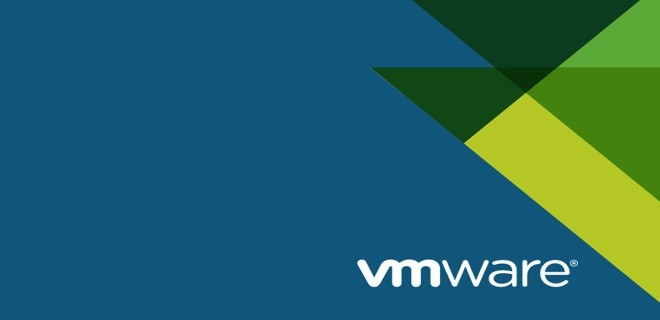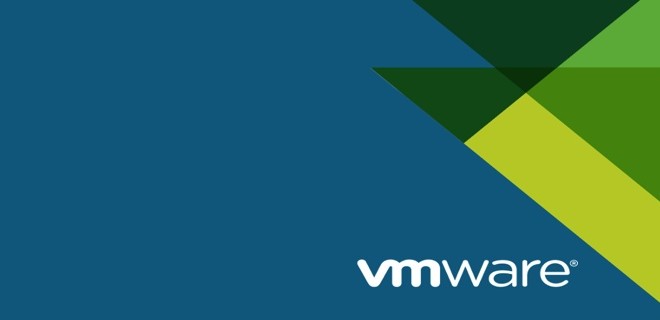$ /Applications/VMware OVF Tool/ovftool —h
Usage: ovftool [options] <source> [<target>]
where
<source>: Source URL locator to an OVF package, VMX file, or virtual machine in
vCenter or on ESX Server.
<target>: Target URL locator which specifies either a file location, or a
location in the vCenter inventory or on an ESX Server.
If <target> is not specified, information about the source is displayed to the
console.
Options:
—acceptAllEulas : Accept all end—user licenses agreements
without being prompted.
—allowAllExtraConfig : Whether we allow all the ExtraConfig
options. These options are a security risk
as they control low—level and potential
unsafe options on the VM.
—allowExtraConfig : Whether we allow ExtraConfig options. These
options are a security risk as they control
low—level and potential unsafe options on
the VM.
—annotation : Add annotation to vi, vmx, vapprun, vCloud,
OVF, and OVA source locators
—authdPortSource : Use this to override default vmware authd
port (902) when using a host as source.
—authdPortTarget : Use this to override default vmware authd
port (902) when using a host as target.
—chunkSize : Specifies the chunk size to use for files in
a generated OVF package. The default is not
to chunk. The chunk size without unit is
assumed to be in megabytes. Accepted units
are b, kb, mb, gb; e.g., 2gb or 100kb.
: the disks in an OVF package. Value
must be between 1 and 9. 1 is the fastest,
, whereas 9
is the slowest, but gives the best
.
—computerName : Sets the computer name in the guest for a VM
using the syntax —computerName:<VM
ID>=<value>. Only applies to vCloud targets
version 5.5 or newer.
—coresPerSocket : Specifies the distribution of the total
number of CPUs over a number of virtual
sockets using the syntax
—coresPerSocket:<VM ID>=<value>. Only
applies to vCloud targets version 5.5 or
newer.
—ds/—datastore : Target datastore name for a VI locator.
—decodeBase64 : Decode option values with Base64.
—defaultStorageProfile : The storage profile for all VMs in the OVF
package. The value should be an SPBM profile
ID. Only applies to VI targets version 5.5
or newer.
—defaultStorageRawProfile : The storage profile for all VMs in the OVF
package. The value should be raw SPBM
profile. The value will overwrite that in
—defaultStorageProfile. Only applies to VI
targets version 5.5 or newer.
—deploymentOption : Selects what deployment option to use (if
the source OVF package supports multiple
options.)
—disableVerification : Skip validation of signature and
certificate.
—dm/—diskMode : Select target disk format. Supported formats
are: monolithicSparse, monolithicFlat,
twoGbMaxExtentSparse, twoGbMaxExtentFlat,
seSparse (VI target), eagerZeroedThick (VI
target), thin (VI target), thick (VI
target), sparse, and flat
—diskSize : Sets the size of a VM disk in megabytes
using the syntax —diskSize:<VM ID>,<disk
ID>=<value>. Only applies to vCloud
targets version 5.5 or newer.
in the first virtual
system or virtual system collection in the
OVF. If the EULA is in a file, use the
.
—exportDeviceSubtypes : Enables export of resource subtype for
CD/Floppy/Parallel/Serial devices. This can
limit portability as not all device backings
are supported on all hypervisors. The
default is false.
—exportFlags : Specifies one or more export flags to
control what gets exported. The supported
values for VI sources are mac, uuid, and
extraconfig. Supported value for vCloud
. One or more
options can be provided, separated by
commas.
—extraConfig : Sets an ExtraConfig element for all
VirtualHardwareSections. The syntax is
—extraConfig:<key>=<value>. Applies to vi,
vmx, vapprun, vCloud, ovf, and ova source
locators.
—fencedMode : If a parent network exists on the vCloud
target, this property specifies the
connectivity to the parent. Possible values
are bridged, isolated, and natRouted.
—h /—help : Prints this message.
—hideEula : In OVF probe mode, hides the EULA.
—ipAllocationPolicy : IP allocation policy for a deployed OVF
package.Supported values are: dhcpPolicy,
transientPolicy, fixedPolicy,
fixedAllocatedPolicy.
—ipProtocol : Select what IP protocol to use (IPv4, IPv6).
—lax : Relax OVF specification conformance and
virtual hardware compliance checks. Use only
if you know what you are doing.
—locale : Selects locale for target.
—machineOutput : Output OVF Tool messages in a machine
friendly manner.
—makeDeltaDisks : Build delta disk hierarchy from the given
source locator.
—maxVirtualHardwareVersion : The maximal virtual hardware version to
generate.
—memorySize : Sets the memory size in megabytes of a VM
using the syntax —memorySize:<VM
ID>=<value>. Only applies to vCloud targets
version 5.5 or newer.
—n /—name : Specifies target name (defaults to source
name).
—net : Set a network assignment in the deployed OVF
package. A network assignment is set using
the syntax —net:<OVF name>=<target name>.
If the target is vCloud 5.5 or newer, a
fence mode can also be specified using the
syntax —net:<OVF name>=<target name>,<fence
mode>. Possible fence mode values are:
bridged, isolated, and natRouted.
—nw/—network : Target network for a VI deployment.
—nic : Specifies NIC configuration in a VM using
the syntax —nic:<VM ID>,<index>=<OVF net
name>,<isPrimary>,<ipAddressingMode>,<ipAddress>.
Possible values for ipAddressingMode are:
DHCP, POOL, MANUAL, and NONE. ipAddress is
optional and should only be used when
ipAddressingMode is set to MANUAL. Only
applies to vCloud targets version 5.5 or
newer.
—noDisks : Disable disk conversion.
—noImageFiles : Do not include image files in destination.
—noSSLVerify : Skip SSL verification for VI connections.
—numberOfCpus : Sets the number of CPUs for a VM using the
syntax —numberOfCpus:<VM ID>=<value>. Only
applies to vCloud targets version 5.5 or
newer.
—o /—overwrite : Force overwrites of existing files.
—powerOffSource : Ensures a VM/vApp is powered off before
importing from a VI source.
—powerOffTarget : Ensures a VM/vApp is powered off before
overwriting a VI target.
—powerOn : Powers on a VM/vApp deployed on a VI target.
—privateKey : Sign OVF package with the given private key
(.pem file). The file must contain a private
key and a certificate.
—privateKeyPassword : Password for the private key. Should be used
in conjunction with privateKey if the
private key requires password
authentication. If required and not
specified, the tool will prompt for the
password.
—prop : Set a property in the deployed OVF package.
A property is set using the syntax
—prop:<key>=<value>.
—proxy : Proxy used for HTTP[S] access.
—proxyNTLMAuth : Enable NTLM authentication for proxy.
—q /—quiet : No output to screen except errors.
OVF schema.
—shaAlgorithm : Select SHA digest algorithm when creating
OVF package. Supported values are SHA1,
SHA256 and SHA512. Default value is SHA256.
—skipManifestCheck : Skip validation of OVF package manifest.
—skipManifestGeneration : Skip generation of OVF package manifest.
—sourcePEM : File path to PEM formatted file used to
verify VI connections.
—sourceSSLThumbprint : SSL fingerprint of SOURCE. OVF Tool verifies
the SSL fingerprint it gets from SOURCE if
the value is set.
that source is OVF, OVA,

